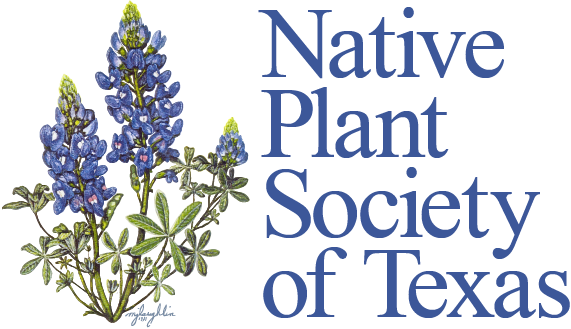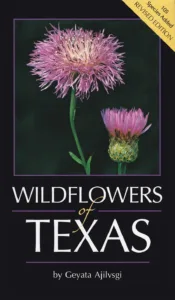In this revised edition of her popular Wildflowers of Texas, native-plant expert Geyata Ajilvsgi gives lay readers the most comprehensive field guide currently available on the state’s abundant wildflowers. With the addition of 105 species, the book now contains information on 462 of the most common wildflower species found in the state’s major vegetation zones — from the mountains in the west to the swamplands in the east, from desert to piney woods to coastal plain, from the Panhandle to the semitropical Rio Grande Valley. Each entry reflects the most current scientific knowledge about the plant, such as recent changes in taxonomic classification.
Designed for ease of use in the field, the guide is organized by color — the most obvious characteristic of flowers. The species are thus grouped into four sections: white-green, yellow-orange, red-pink, and blue-purple. Within each color section the species are arranged alphabetically by family, then genus and species. Information about each species includes its bloom period, range and habitat, botanical description, and other helpful facts. A special note in each entry explains the plant’s therapeutic, culinary, or other traditional uses as well as its landscaping value. Alternate common names and the origin and meaning of the plant’s scientific name are also provided, giving readers insight into the rich history and lore of botany.
To simplify the identification of wildflower species in the field, a full-color photograph of each flower appears on the page facing the entry. The book’s stunning photography is the work of not only the author but also some of the best-known nature photographers around the state.
A color map of Texas shows the state’s major vegetation zones, corresponding to the range codes used in the text. This enables the reader to determine at a glance the geographic range of a particular species. Other supplementary material include botanical and plant glossaries and bibliography.


